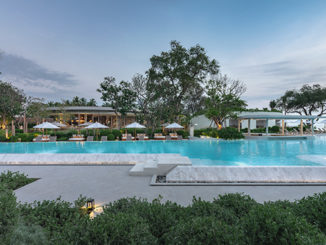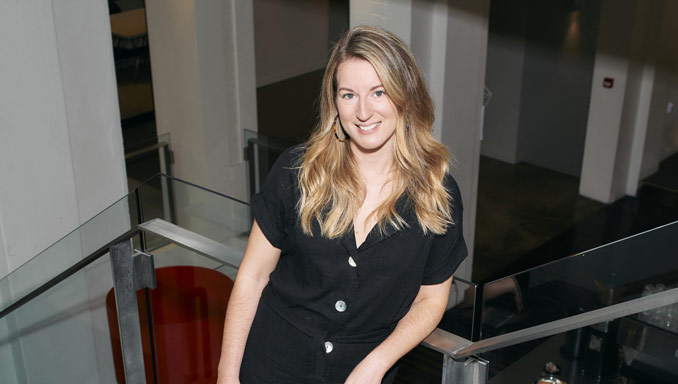
Susie Quinton is an Associate at Hassell in Melbourne, Australia who has worked at various offices across Australia and has a wide range of experience working on projects such as Harold Park, Melbourne Arts Precinct and Roche Sydney. She has a passion for the natural and urban realm which push her to accept new challenges that will assist in delivering the clients aspirations and creating exceptional projects that people love.
WLA recently had caught up with Susie to ask a few questions about her career and approach as a Landscape Architect.
WLA: Why did you become a Landscape Architect?
The house I grew up in was an early Victorian farmhouse style circa 1840 and had an incredibly beautiful, big and sprawling garden, which my parents spent most of every weekend pruning, planting and redesigning to make it their own. This setting established my love of being in well-designed and creatively articulated outdoor spaces – provoking an aspiration to create incredible places people love, for myself. A career in landscape architecture for me was cemented after an exceptional week of work experience with a Stirling-based (South Australia) landscape architect, Mignon Riedel in year 10 – where we sat in her tree-house-style studio and made some magic. Following her design process, client collaboration and beautiful outputs supported my journey into landscape architecture as a career.
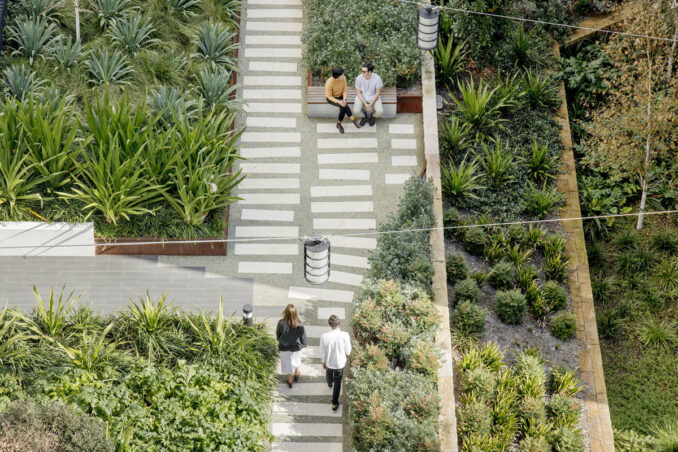
WLA: How do you start the design process?
Always ask the client at the onset of every project to reiterate the brief – understanding what the client expectation is and how to articulate the key driver or goal of the project can support conceptual clarity in the overall project response.
Listening, provoking, asking questions of the client, the local community and end users whilst observing the natural setting – to understand the existing experiences on the site, both positive and negative in order to heighten the positive and reframe the negative.
Understand and appreciate how the client sees the space now, and what they envisage for the future – understanding who the end-users are and what opportunities arise in understanding those personas to unpack a project’s potential.
Researching and exploring the cultural and historical context and the ecosystem to which it belongs – what narratives can be woven into the project and what stories can be told from the sites past and present life to ensure the project connected with its context and is of place.
Ensuring the design responds to the users, the pragmatics and functional aspects of use, whilst delving into the experience itself – the journeys the end-users may take through the space, both physically and emotionally. What are the feelings felt when being surrounded by nature and heightening this potential through place?
Throw in wild card ideas to test the client and the design team, to challenge the approach and reveal opportunities – seek out impressions or ideas that may be buried due to expectation or over-thinking.
Ultimately, the design process should be fluid, expanding and contracting as new pieces of information reveal themselves. Allowing for this flexibility within the process ultimately enables us to create the best places for people, places that are considered beautiful and will stand the test of time.
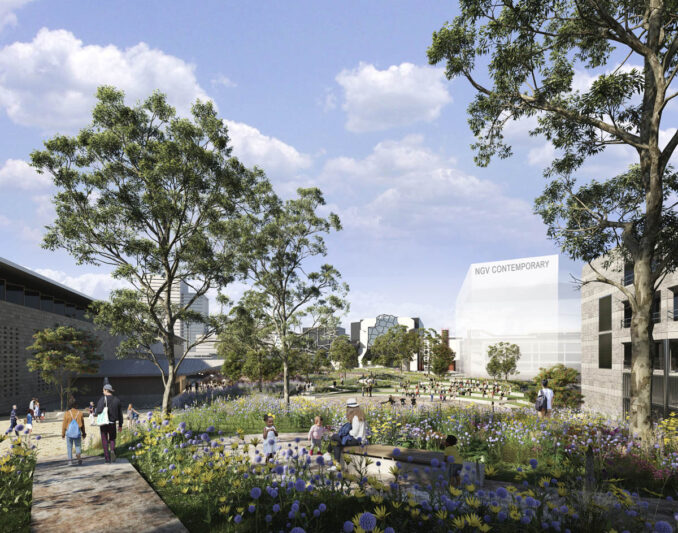
WLA: What is the most rewarding part of being a landscape architect?
As landscape architects we have the ability to envisage, provoke and provide places that people experience and enjoy every day. We are the guardians of the outside, with the power to enhance cities, regenerate living systems and provide unquestionable value for our future. Through design, we take responsibility to impact the way people live, without most even knowing or appreciating what we do. Through our design and approach, we connect community with context, support environmental protection and provide leadership in creating a happier environment to experience and live within.
A career in landscape architecture means an endless exploration of diversity into the styles and types of projects and clients and consultants we work with. The possibilities are endless for how and what we create, as we aspire to provide better places for people. No two projects are the same, so each day provides new challenges to spark joy, introduce folly, surprise and delight and provides something just a little different, each day.
I have a passion for projects where the end-user purposefully visits the project – it is not a transitory space but a destination in its own right. I love sitting back after a project is completed and watching people enjoy the spaces and places and seeing the design unfold and become a part of their everyday life. I love appreciating and witnessing how the end-users relish and use the space in their own way and even seeing how they adapt the space to meet their needs in ways we hadn’t imagined. I particularly value visiting the projects a few years after completion and seeing how the spaces have evolved with the growth of the natural elements – seeing the seasonal changes in flowering plants and appreciating the dappled light created from trees now arching overhead. How this development and change impacts where people sit, stand and explore through the space – encountering and creating new journeys and experiences each time they visit.
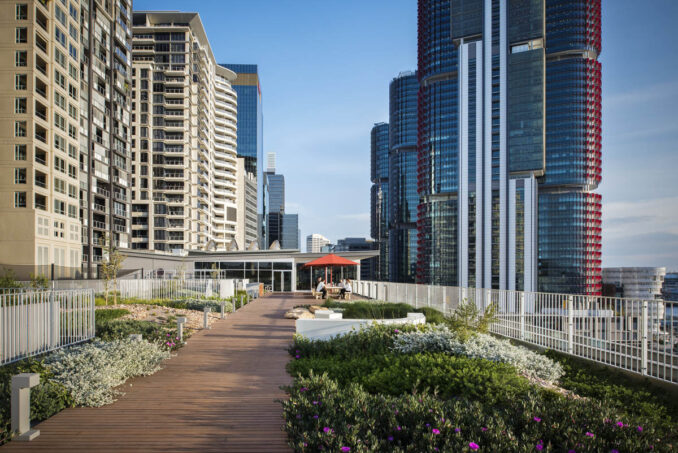
WLA: How do you see the future of landscape architecture?
Time and time again we see both the approach to landscape architecture and the scope of what a landscape architect is able to do, shift and expand. The borders of our future are dissolvable and dependent only by our imagination. On a smaller scale, I’d like to see increased involvement of landscape architects with the project sites and clients post-construction completion. Working with the clients years or seasons after to review the design, how the planting is growing, what is working well and what is not and updating the design and built outcomes to suit. As landscape is an ever-changing beast, so too does the design needs to evolve and change over time.
Thanks to Susie for taking the time to answer our questions – Damian Holmes, Editor of WLA


